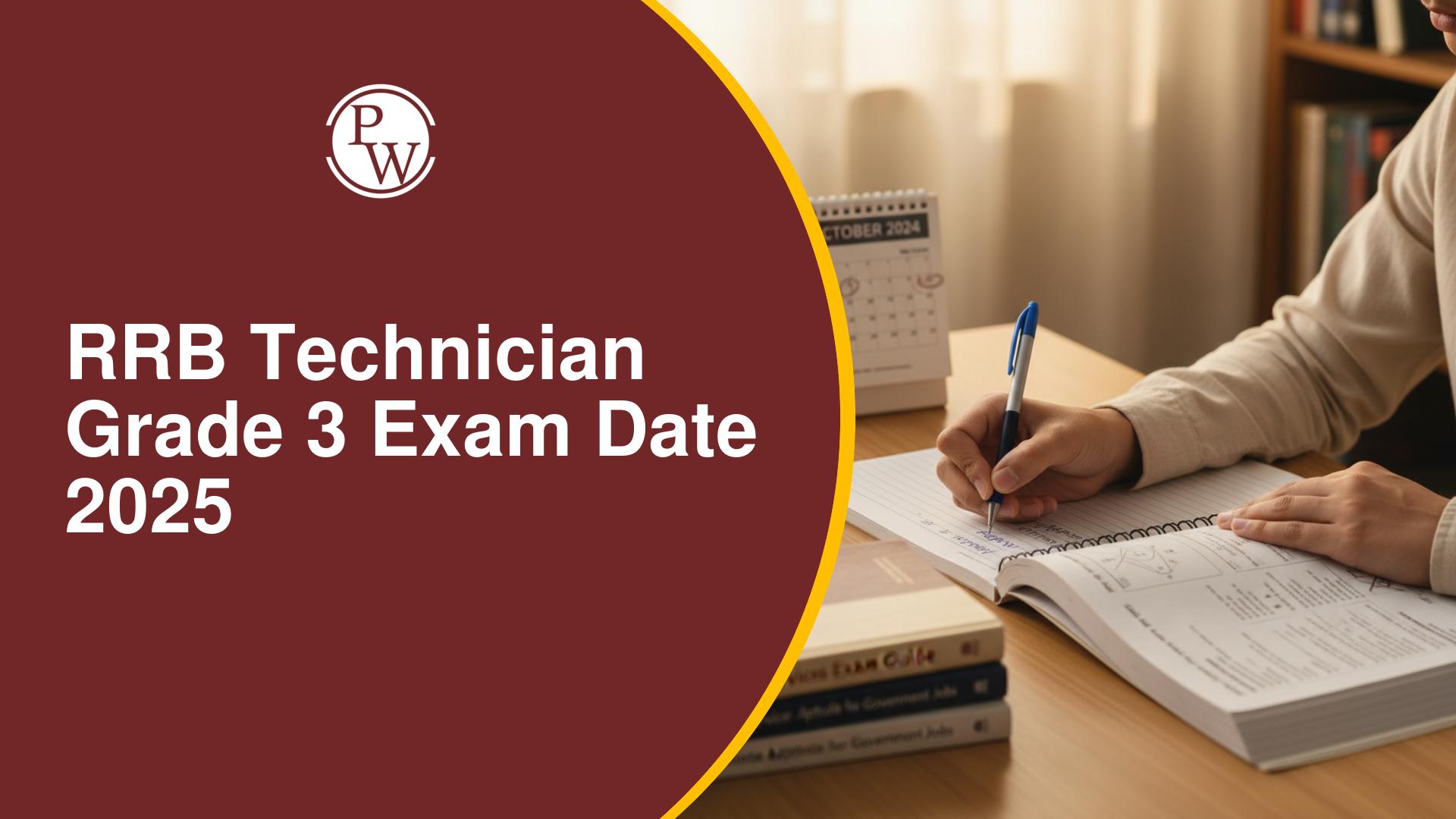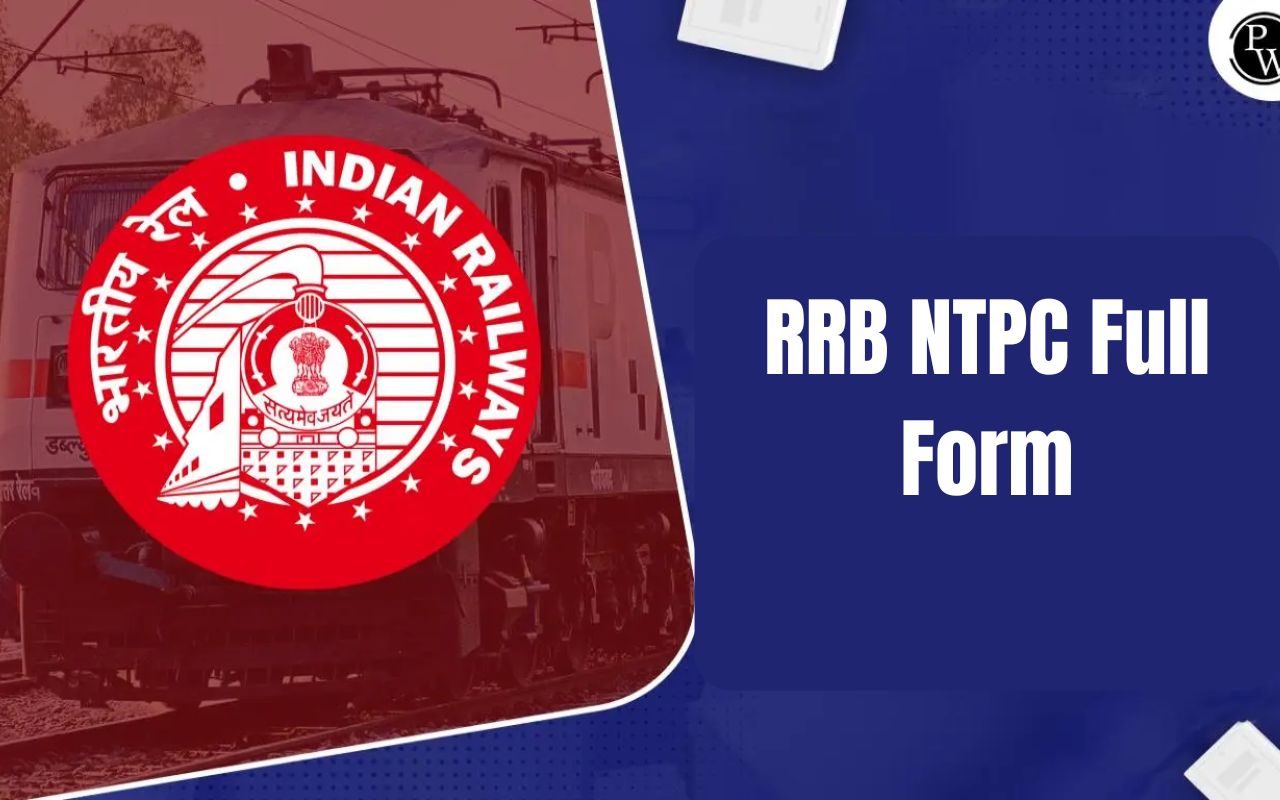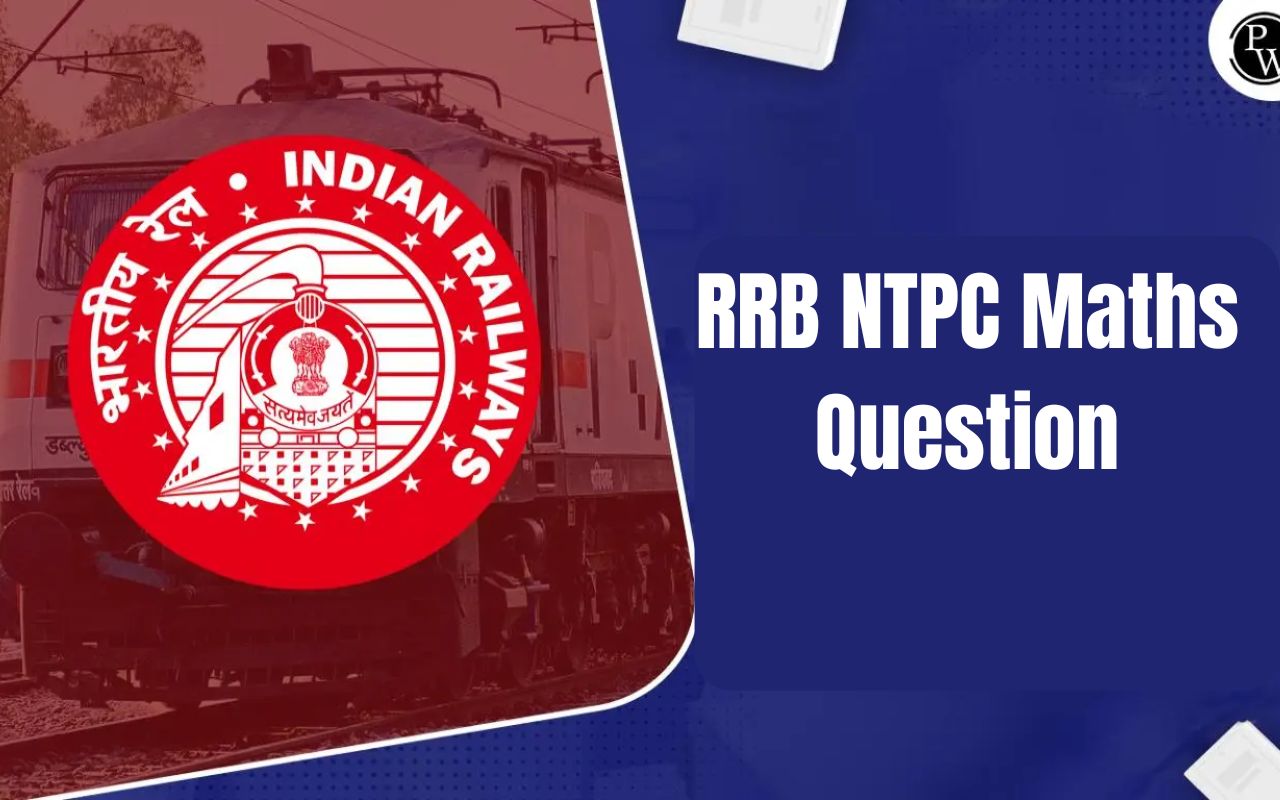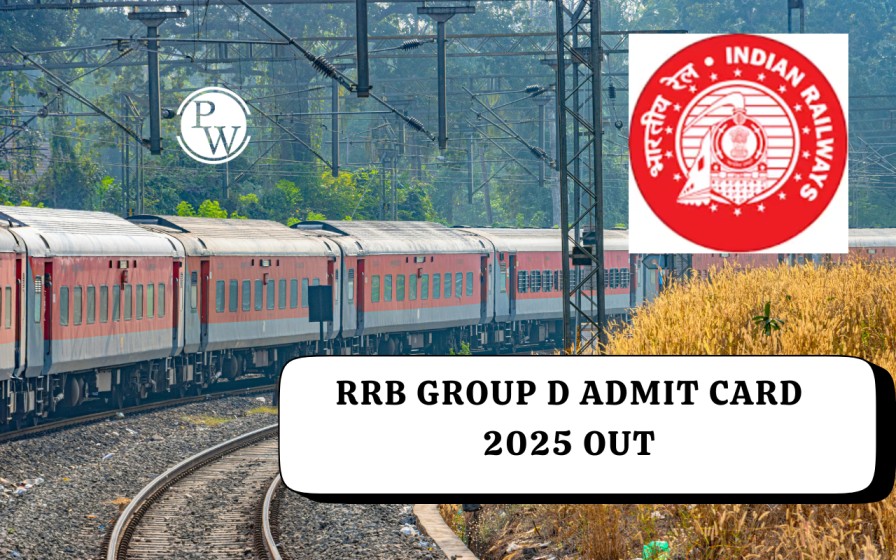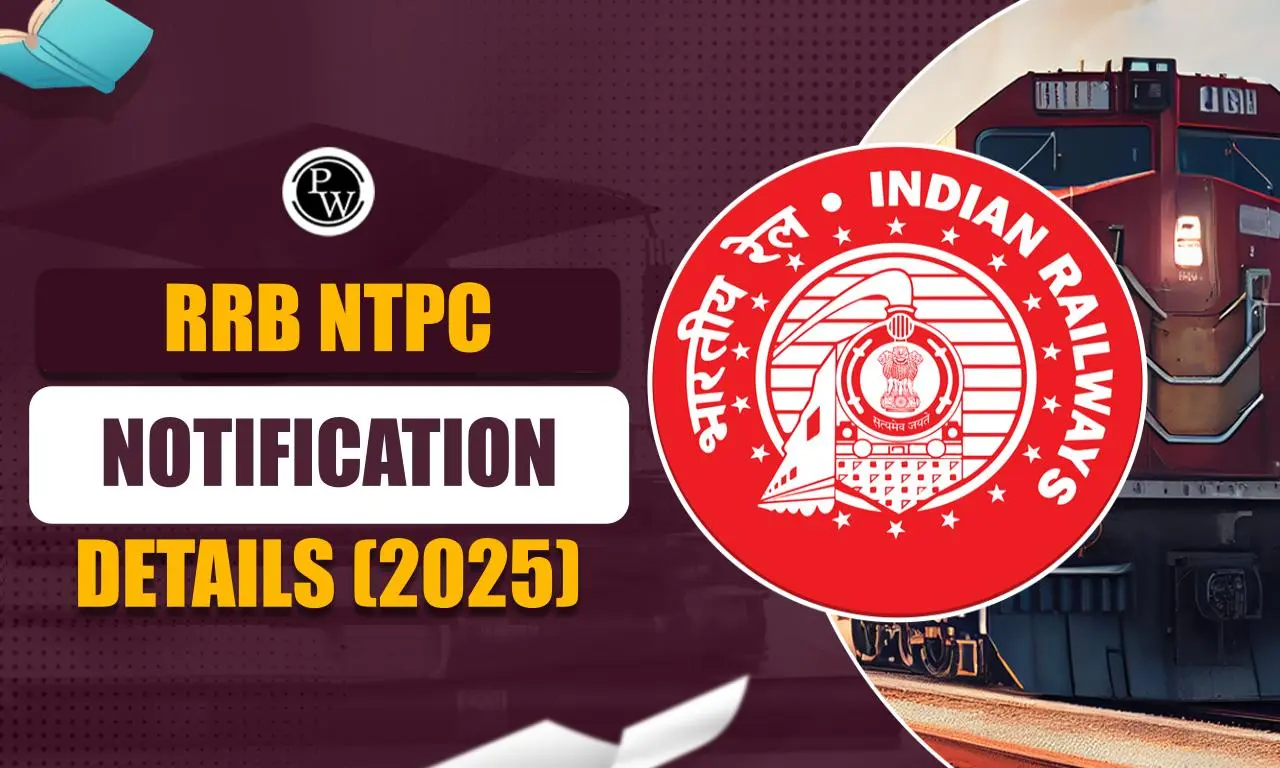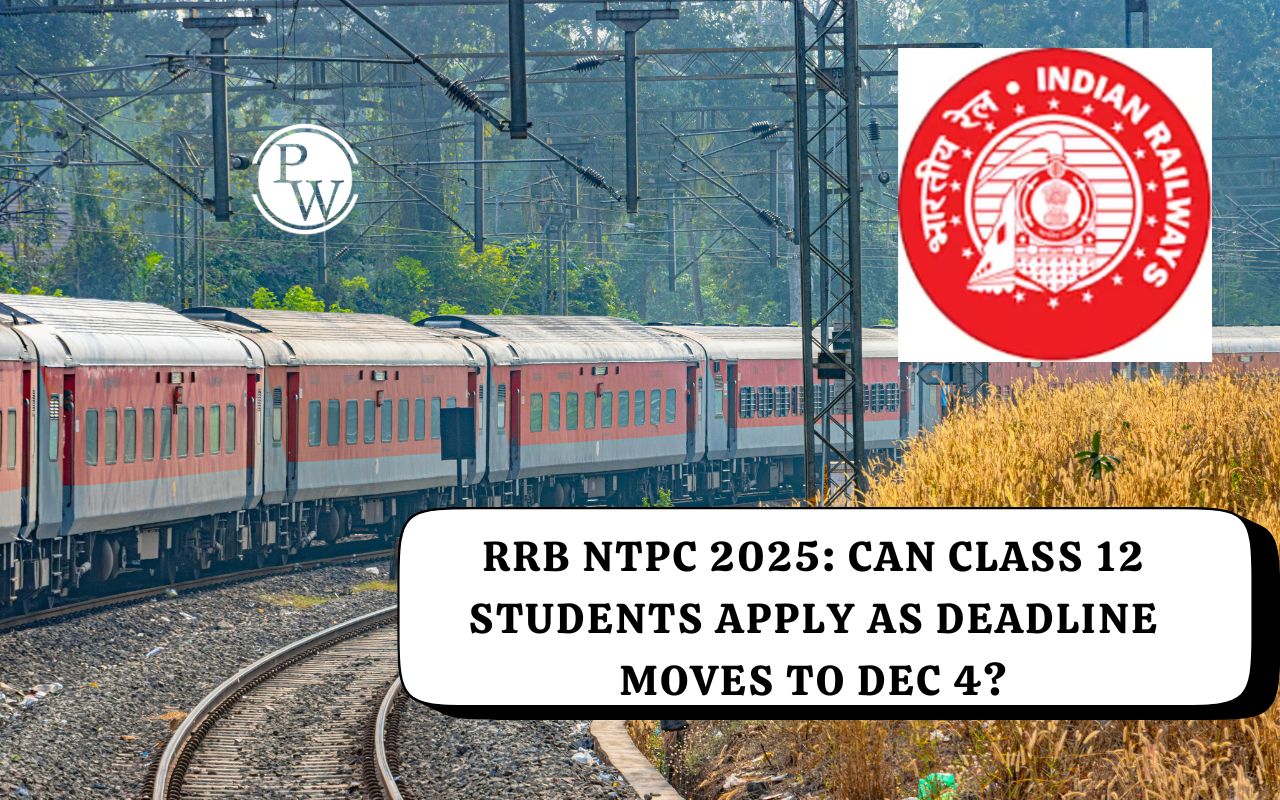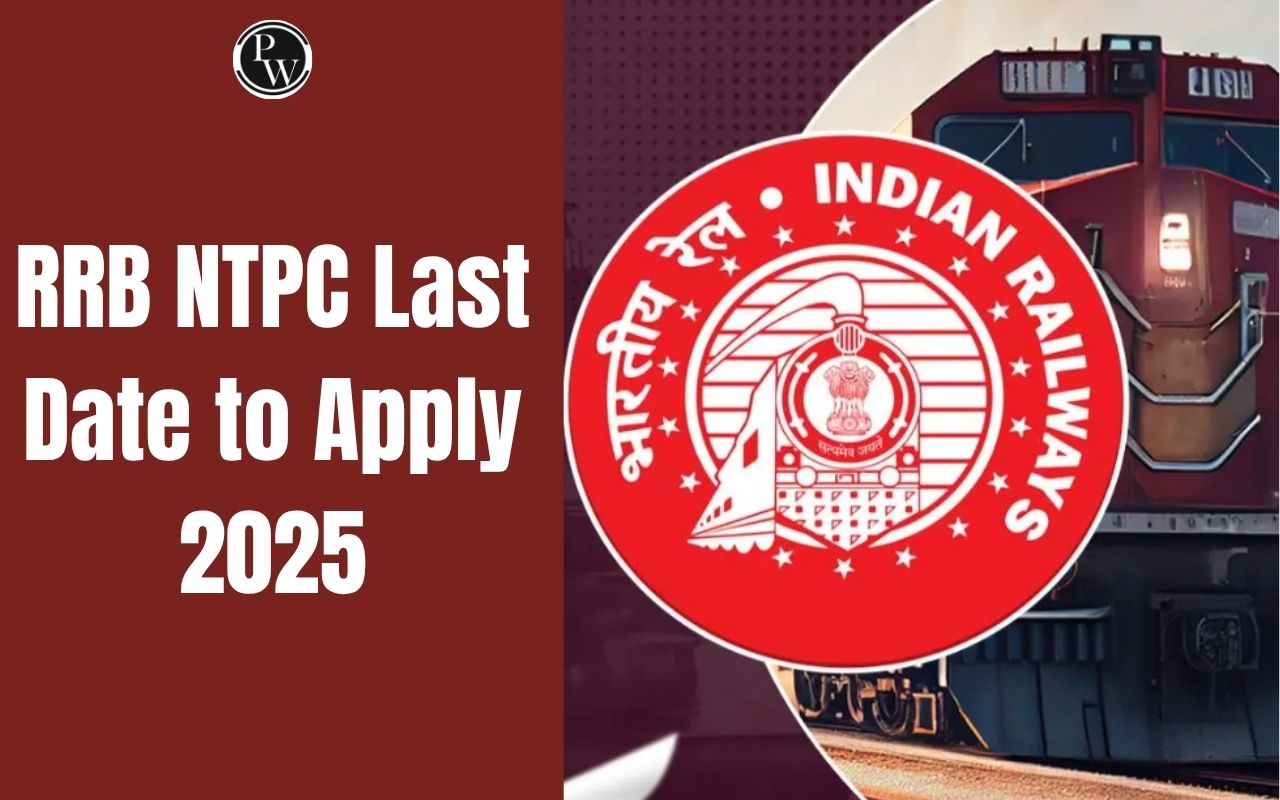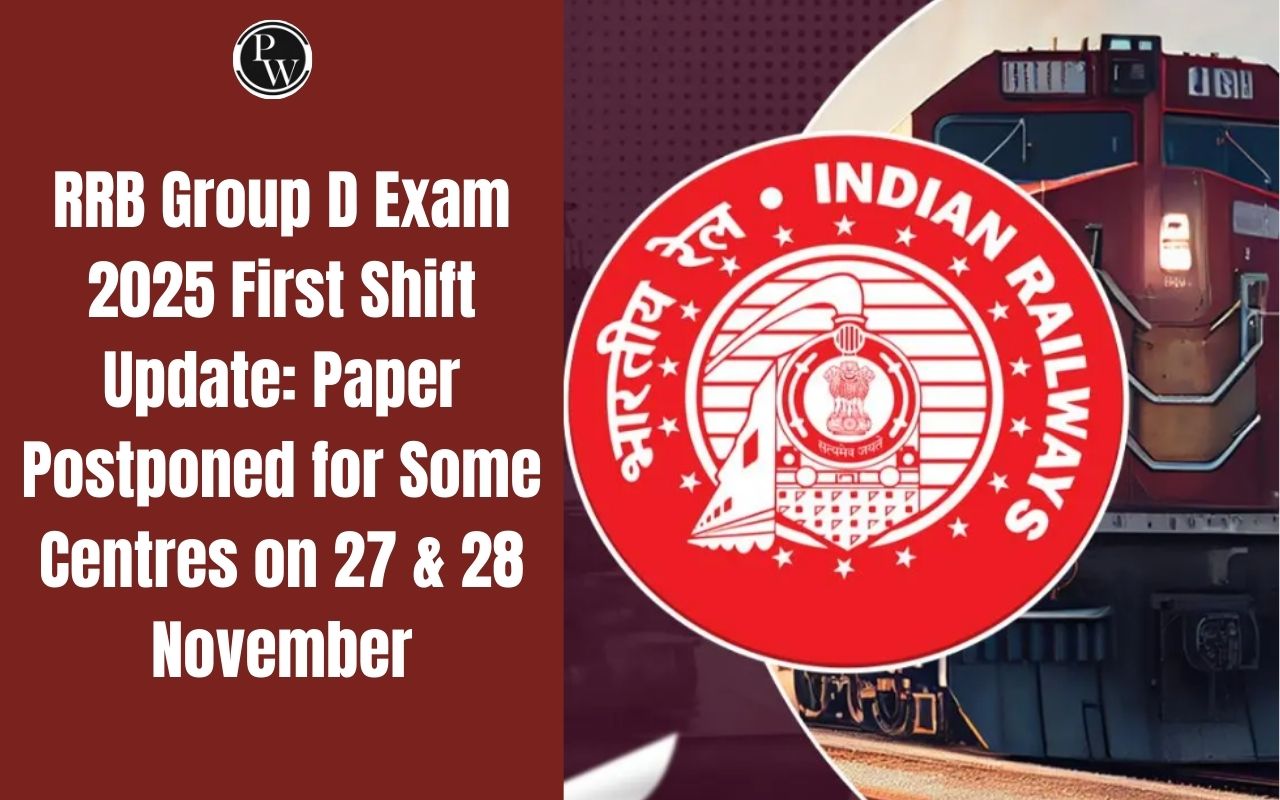
RRB Percentage Questions test candidates on their ability to calculate and apply percentage concepts accurately and efficiently. RRB percentage aptitude questions involve operations such as finding percentage increase or decrease, calculating profit and loss percentages, determining ratios in percentage form, and solving problems based on marks, population, or discounts.
A thorough understanding and practical application of percentage-based concepts are essential for scoring well in the quantitative aptitude section of RRB exams. Regular practice of diverse railway exam percentage questions enhances speed, accuracy, and overall performance in the quant section.
RRB Percentage Questions PDF
Candidates can download the RRB Percentage Questions PDF from the links given below. You can practice a wide variety of percentage-based problems that are commonly asked in RRB NTPC, Group D, ALP, and JE exams. These resources have percentage formulas, solved examples, conceptual explanations, and previous year RRB Group D percentage questions to help improve both speed and accuracy in the quantitative aptitude section.
For better preparation, it is recommended to thoroughly understand RRB exam percentage questions with solutions, analyze your answers, and identify areas needing improvement.
Given below are the download links for the English and Hindi RRB Percentage Questions PDF:
| RRB Percentage Questions PDF | |
| RRB Percentage Questions PDF in English | |
| RRB Percentage Questions PDF in Hindi | |
RRB Percentage Tricks for Quick Revision
Percentage is a key topic in the RRB Mathematics syllabus. Knowing essential percentage tricks can significantly save time during exams. RRB Percentage Tricks include quick formulas and shortcut methods that simplify calculations related to percentage increase or decrease, profit and loss, ratio-to-percentage conversion, and population growth or depreciation problems.
Listed below are some RRB percentage tricks to solve complex mathematical questions within seconds:
| RRB Percentage Tricks for Quick Revision | ||
| Concepts | Formula / Shortcut | Example |
| Basic Percentage Formula | (Value / Total Value) × 100 | 25 out of 200 = (25/200)×100 = 12.5% |
| Finding Value from Percentage | (Percentage × Total) / 100 | 20% of 250 = (20×250)/100 = 50 |
| Percentage Increase | [(New – Old) / Old] × 100 | (120 – 100)/100 ×100 = 20% |
| Percentage Decrease | [(Old – New) / Old] × 100 | (100 – 80)/100 ×100 = 20% |
| Converting Fraction to % | (Fraction × 100)% | 3/4 = (3/4×100)% = 75% |
| Converting % to Fraction | % ÷ 100 | 25% = 25/100 = ¼ |
| Successive Percentage Change | Net % = a + b + (ab/100) | 20% increase and 10% decrease → 20 – 10 + (20×-10)/100 = 8% increase |
| Profit % | (Profit / Cost Price) × 100 | (20/100)×100 = 20% |
| Loss % | (Loss / Cost Price) × 100 | (10/100)×100 = 10% |
| Finding Percentage of Marks | (Marks Obtained / Total Marks) × 100 | (450/600)×100 = 75% |
| Population Growth/Depreciation | P = P₀(1 ± r/100)ⁿ | 1000 → 2 yrs @10% = 1000×(1.1)² = 1210 |
| Comparing Two Percentages | Difference = (A – B)% of base | 60% of 500 vs 40% of 600 → 300 vs 240 |
| Change in Percentage when Base Changes | New % = (Old % × Old Base) / New Base | 30% of 200 becomes ? of 250 → (30×200)/250 = 24% |
| Shortcut for Finding % of a Number | Move decimal 2 digits left, multiply quickly | 15% of 80 = 0.15×80 = 12 |
| Reverse % (Find Total) | Total = (Value × 100) / % | 20 is 25% of ? → (20×100)/25 = 80 |
RRB Maths Percentage Questions
RRB Maths Percentage Questions focus on testing a candidate’s understanding of percentage-based calculations and their application in various arithmetic problems. These RRB NTPC percentage questions include concepts like percentage increase and decrease, profit and loss, discount, interest, and ratio-to-percentage conversions.
Here are some RRB Maths Percentage questions for your practice:
-
30% of a number is 33. What is the number?
-
(A) 120
-
(B) 115
-
(C) 105
-
(D) 110
-
46% of 250 is equal to:
-
(A) 115
-
(B) 92
-
(C) 112
-
(D) 103.5
-
What is the single equivalent price increase for two successive price increases of 5% and 8% on an item?
-
(A) 13.4%
-
(B) 2.5%
-
(C) 14.2%
-
(D) 15.5%
-
If 37.5% of a number is 360 then 62.5% of that number will be
-
(A) 800
-
(B) 900
-
(C) 600
-
(D) 700
-
The difference between 82% and 73% of the same number is 72. What is 48% of that number?
-
(A) 418
-
(B) 360
-
(C) 1440/{31
-
(D) 384
-
A person saves 25% of his income. If he saves Rs 425 monthly. Find his monthly income.
-
(A) 1600
-
(B) 2000
-
(C) 1700
-
(D) 1500
-
A number is increased by 25%, and subsequently decreased by 15%. Find the percentage of net increase or decrease.
-
(A) 7.93% decrease
-
(B) 6.25% increase
-
(C) 7.23% increase
-
(D) 9.18% decrease
-
The base of a triangle is increased by 40%. By what percentage (correct to two decimal places) should its height be increased so that the area increases by 60%?
-
(A) 14.29%
-
(B) 20.01%
-
(C) 15.54%
-
(D) 18.62%
-
15% of a number, when added to 30% of another, gives 24% of the sum of the two numbers. The bigger number is 4 more than the smaller one. What are the numbers?
-
(A) 6, 10
-
(B) 8, 12
-
(C) 10, 14
-
(D) 12, 16
-
If A's salary is 60% more than B's salary, then by what percentage is B's salary less than that of A?
-
(A) 47.7%
-
(B) 33.3%
-
(C) 37.5%
-
(D) 45%
-
Two labourers A and B are paid a total of Rs. 650 per day. If A is paid 160 percent of what is paid to B, how much (in Rs.) is B paid?
-
(A) 250
-
(B) 400
-
(C) 350
-
(D) 450
-
A number if reduced by 25% becomes 150. By what percent should it be increased so that it becomes 225?
-
(A) 12.5%
-
(B) 10.5%
-
(C) 15%
-
(D) 13.5%
-
The salary of Ramesh first increases by 35%, then decreases by 40%, then again increases by 25%. Find the overall increase or decrease percentage.
-
(A) Increase 1.25%
-
(B) Decrease 2.25%
-
(C) Decrease 1.25%
-
(D) Increase 2.25%
-
A number is first increased by 40% and then decreased by 25%, again increased by 15% and then decreased by 20%. What is the net increase/decrease percent in the number?
-
(A) 7.2% decrease
-
(B) 6.4% increase
-
(C) 3.4% increase
-
(D) 3.4% decrease
-
In an election, there were only two candidates. The losing candidate got 48% of the total votes. His opponent got 6000 votes more and won by a margin of 3% votes. What was the number of invalid votes?
-
(A) 2000
-
(B) 6000
-
(C) 3000
-
(D) 3200
-
In an election between two candidates, 85% of the electorate cast their votes. 6% of the votes polled were declared invalid. If the winning candidate secured 60% of the valid votes, how many votes did the winning candidate receive if the number of eligible voters was 10000?
-
(A) 4784
-
(B) 4804
-
(C) 4794
-
(D) 4824
-
Pass percentage of an examination is 35%. If a student who got 210 marks, failed by 14 marks, then what are the maximum marks of the examination?
-
(A) 600
-
(B) 660
-
(C) 620
-
(D) 640
-
If one needs to score 34% to pass a test, the pass marks out of 40 would be:
-
(A) 13.2
-
(B) 14.2
-
(C) 13.6
-
(D) 14.6
-
Kiran got 40% in a test and passed by 10 marks. If the pass marks in the test were 82, find the maximum marks of the test.
-
(A) 100
-
(B) 200
-
(C) 230
-
(D) 150
-
In a class, 60% of children like Mathematics, 45% like Science and 25% like both Mathematics and Science. What is the percentage of children who like at least one subject?
-
(A) 70%
-
(B) 80%
-
(C) 45%
-
(D) 55%
Benefits of Solving RRB Percentage Questions
Practicing RRB Percentage Questions regularly strengthens conceptual understanding, enhances calculation speed, and improves accuracy during exams. Solving RRB Group D percentage questions helps candidates build confidence in solving percentage-based problems such as profit and loss, discount, interest, and ratio conversions.
Here are some key benefits of solving RRB Percentage Questions from PDF practice sets:
- Provides structured study material designed to boost speed and precision in solving quantitative aptitude questions for RRB exams.
- Practicing RRB percentage previous year questions familiarizes candidates with common question patterns, formats, and difficulty levels.
- Regular practice encourages self-assessment by allowing students to track their progress and identify weaker areas.
- RRB percentage practice sets include shortcuts and quick tricks for faster problem-solving during time-pressured exams.
- Candidates can also participate in RRB percentage quizzes on multiple platforms to test their knowledge, accuracy, and speed under exam-like conditions.
RRB Percentage Questions FAQs
What types of percentage problems are common in RRB exams?
How is the percentage increase or decrease calculated?
Can percentage questions appear combined with other topics?
How to improve speed in solving percentage questions?


